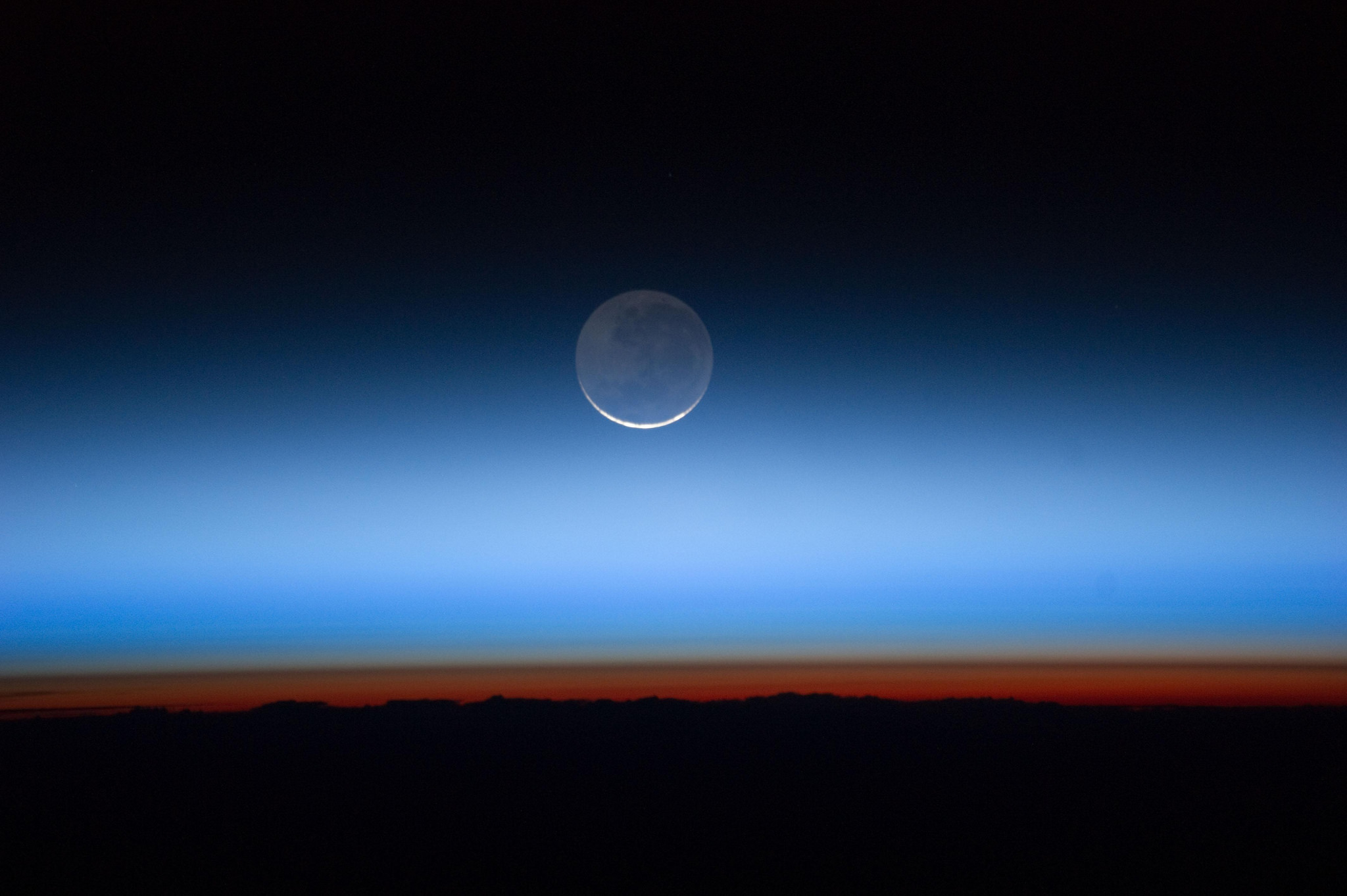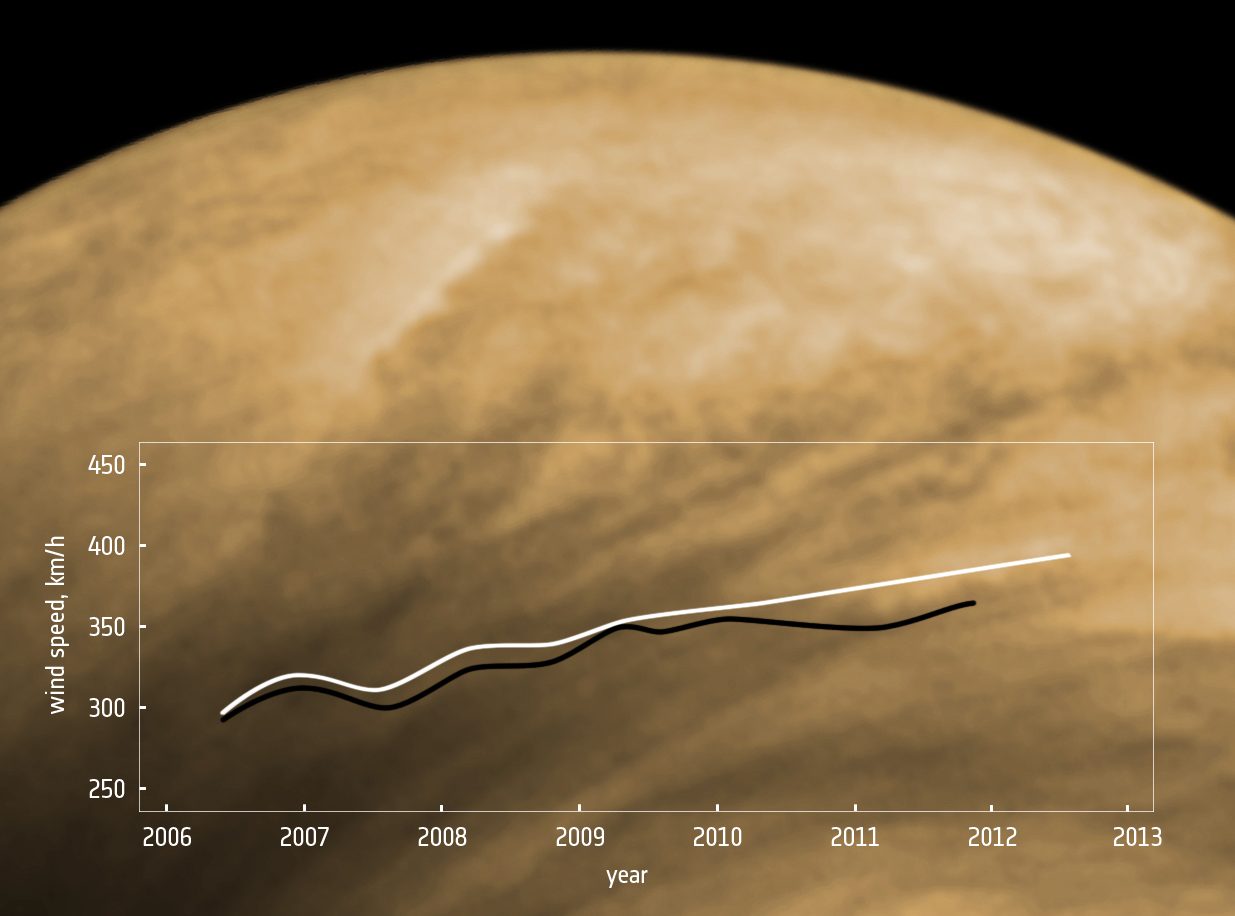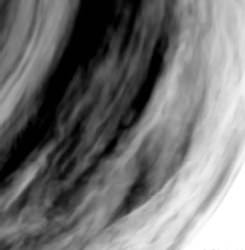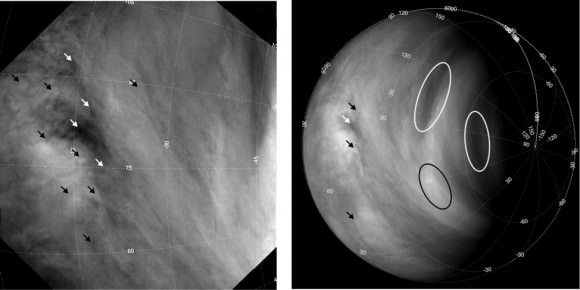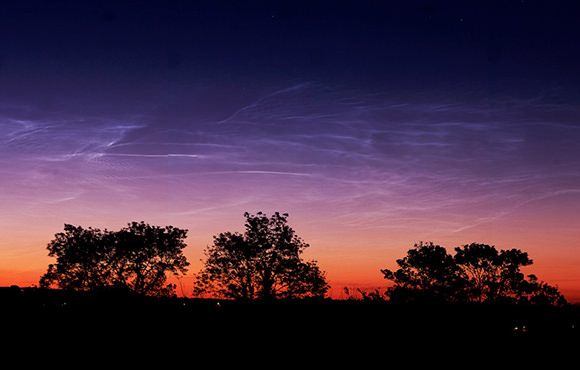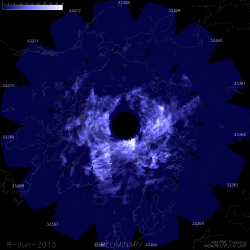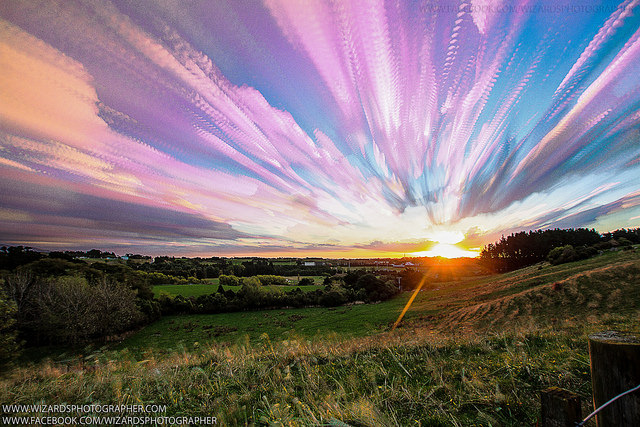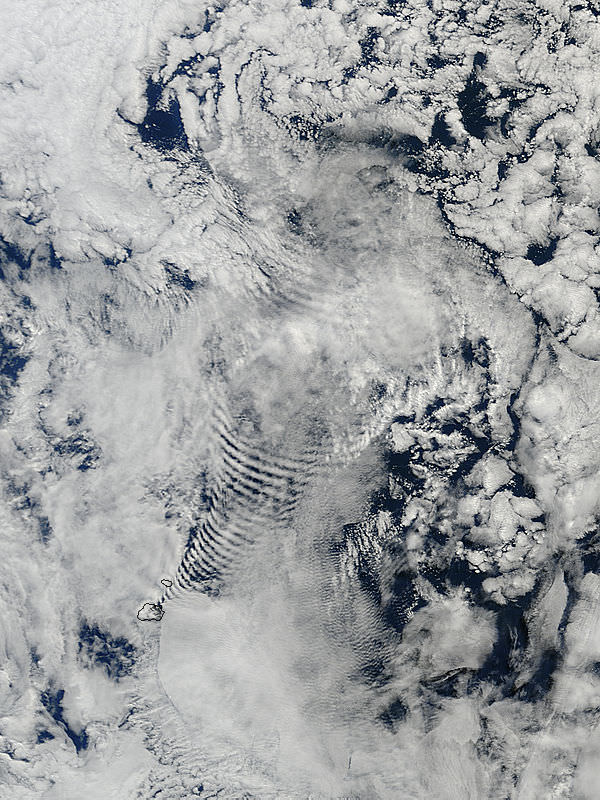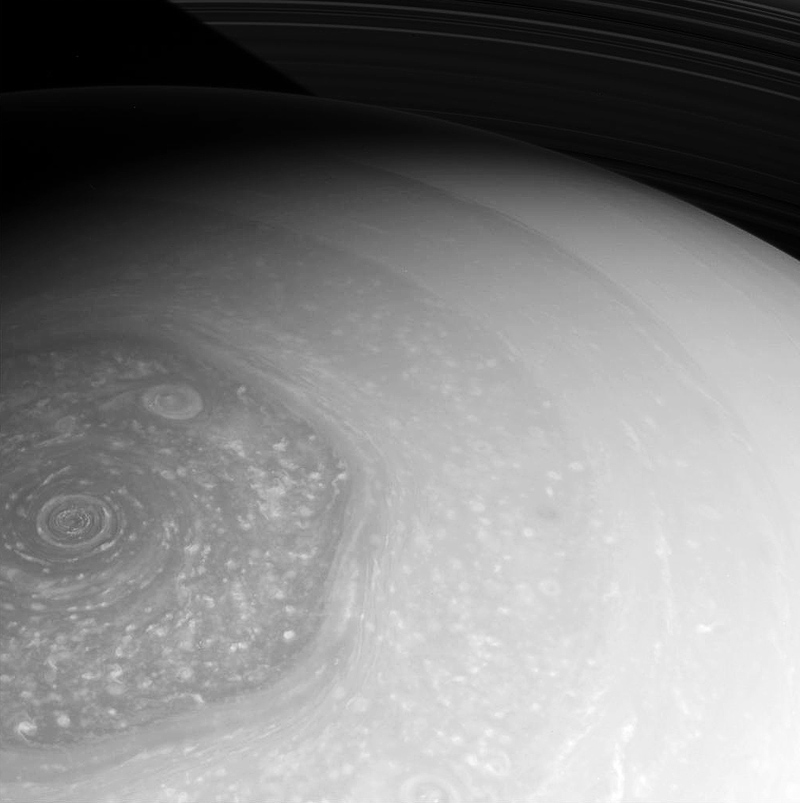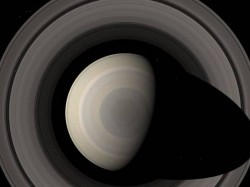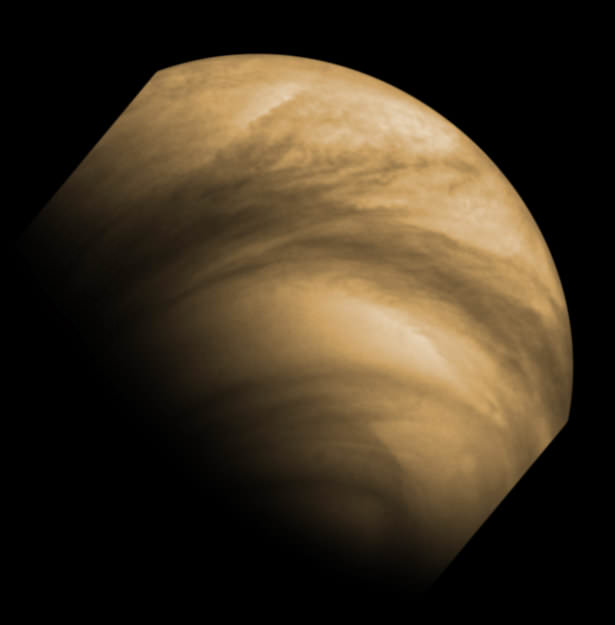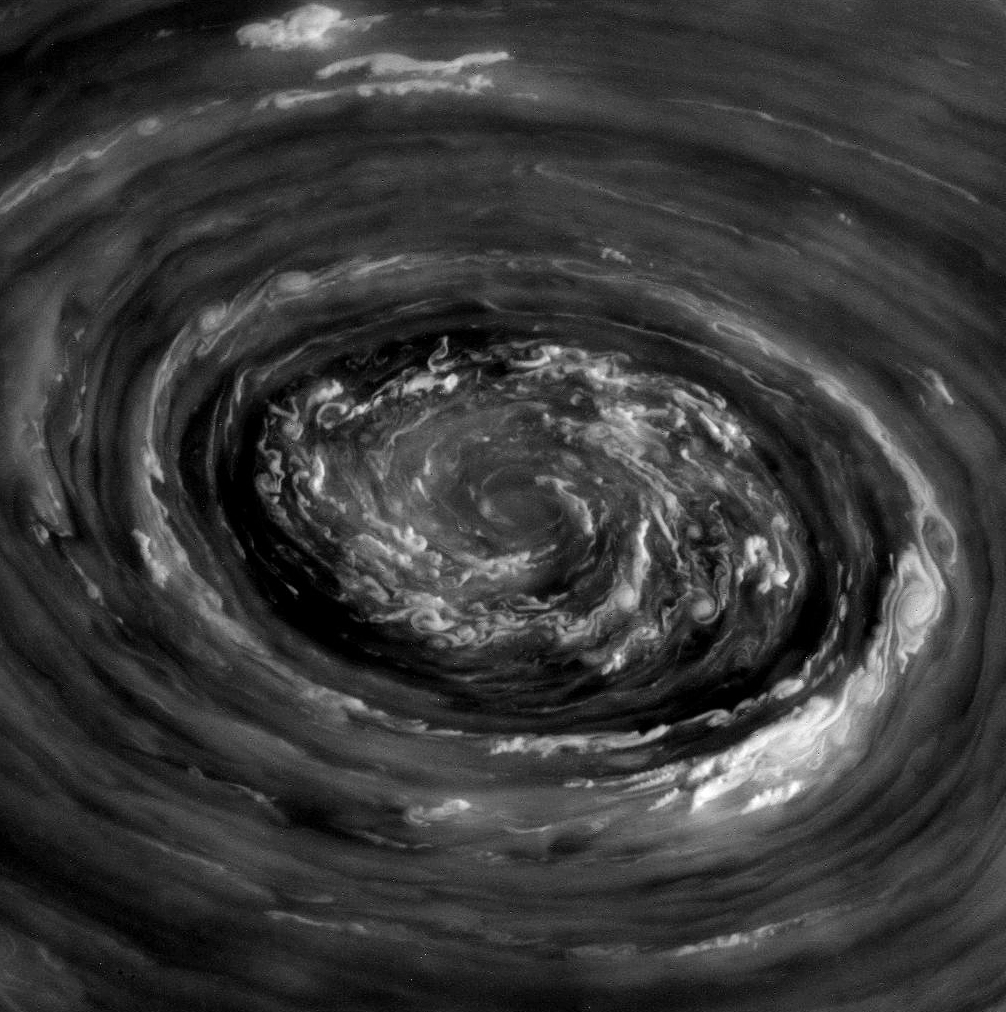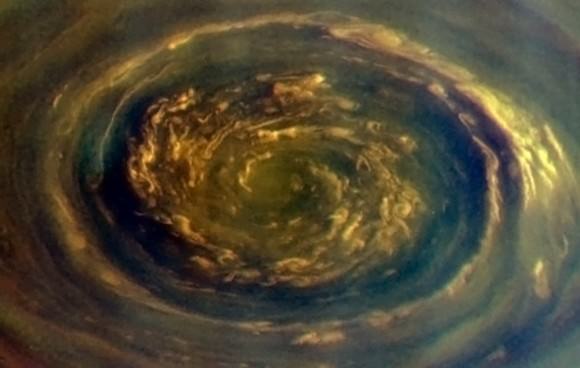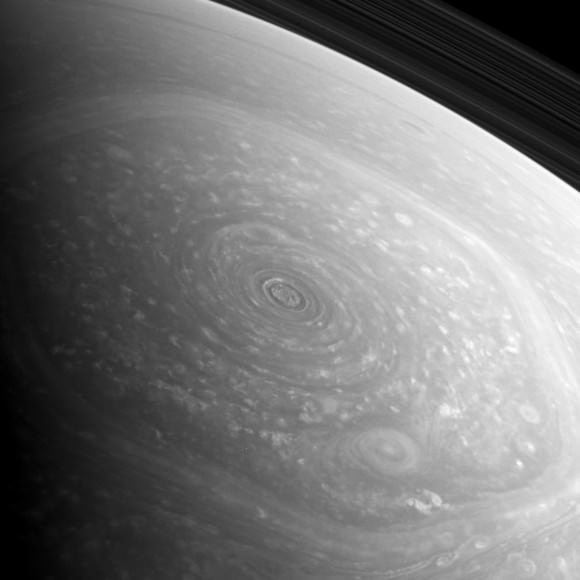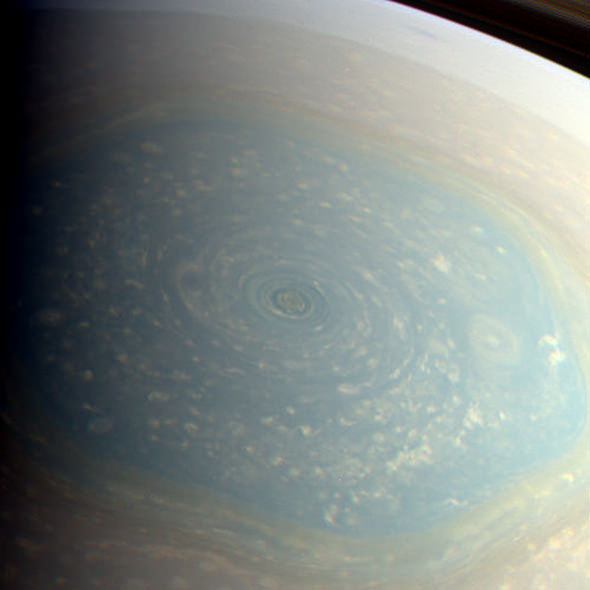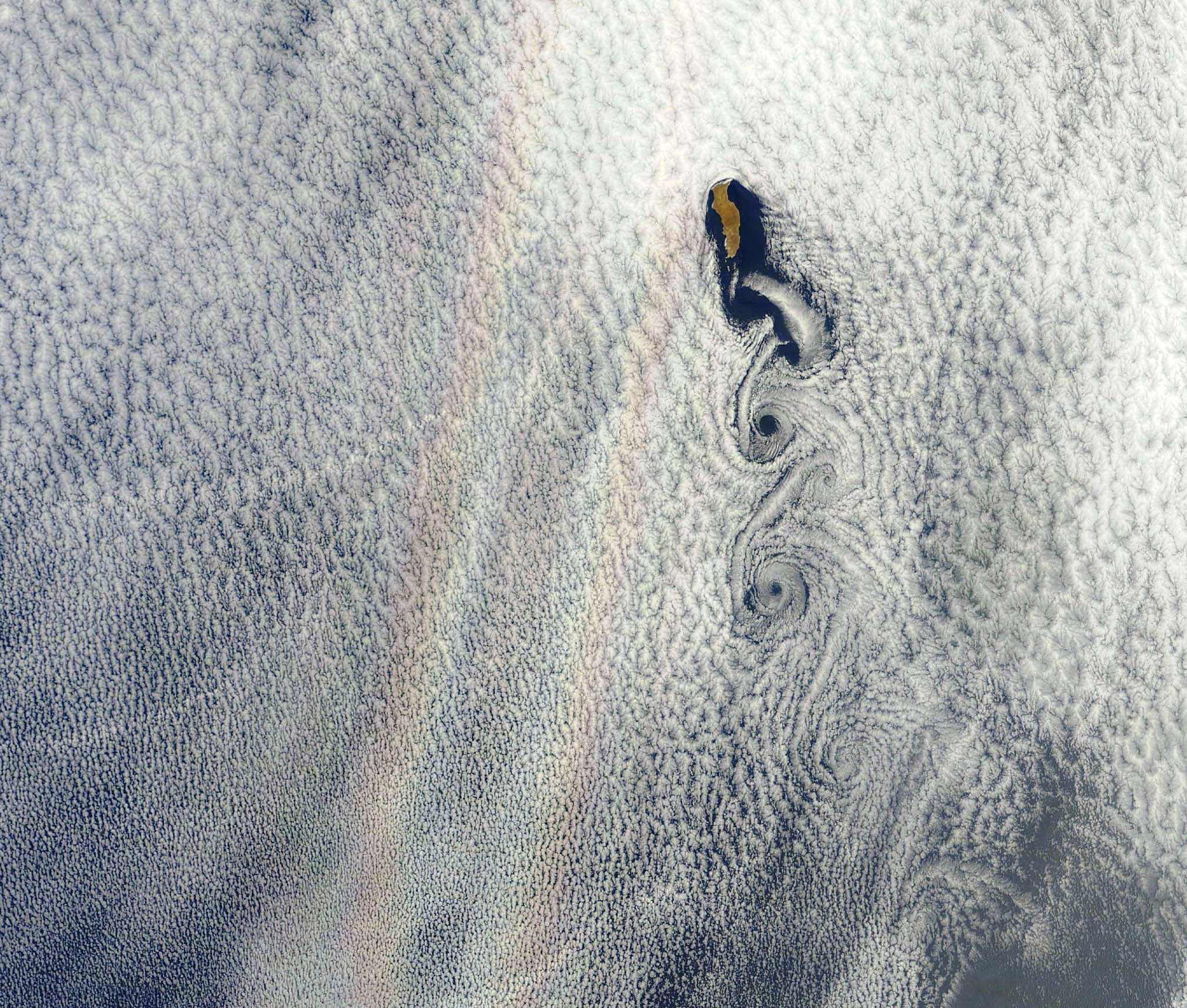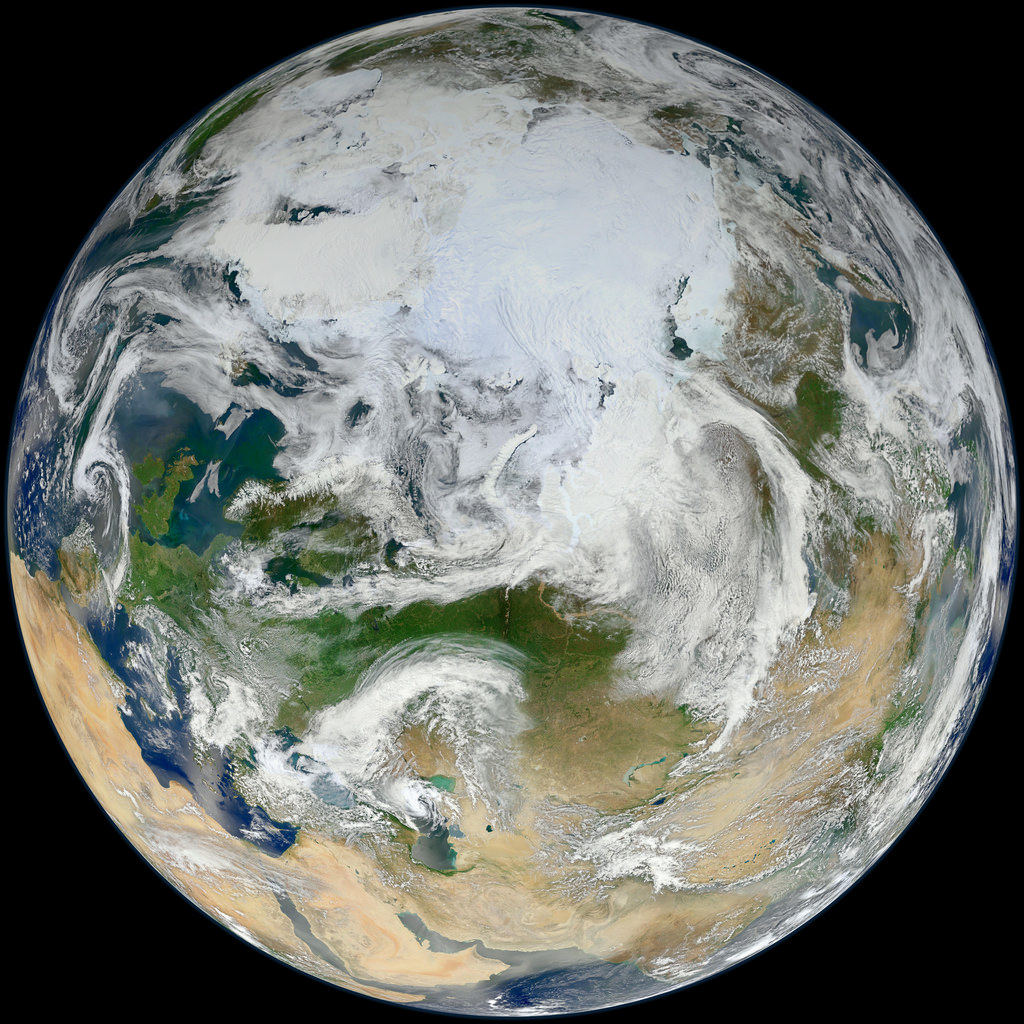If you’re like me, you don’t change your computer’s desktop background nearly often enough… especially not considering all the fantastic space images that get released on an almost daily basis. But this picture, shared a couple of weeks ago by NASA’s Marshall Space Flight Center on their Flickr stream, really should inspire you to fix that. (I know it did for me!)
Captured by an Expedition 28 crew member aboard the International Space Station, this beautiful image shows a crescent-lit Moon seen through the upper layers of Earth’s atmosphere.
As it circles the globe, the ISS travels an equivalent distance to the Moon and back in about a day, making an excellent platform for viewing the Earth and its atmosphere. This photo shows the limb of Earth near the bottom transitioning into the orange-colored troposphere, the lowest and most dense portion of the Earth’s atmosphere. The troposphere ends abruptly at the tropopause, which appears in the image as the sharp boundary between the orange- and blue- colored atmosphere. Silvery-blue noctilucent clouds extend far above the Earth’s troposphere.
Expedition 28 began on May 23, 2011, with a crew consisting of Andrey Borisenko, Ron Garan, Alexander Samokutyaev, Sergei Volkov, Mike Fossum, and Satoshi Furukawa.
Image credit: NASA (Source)

